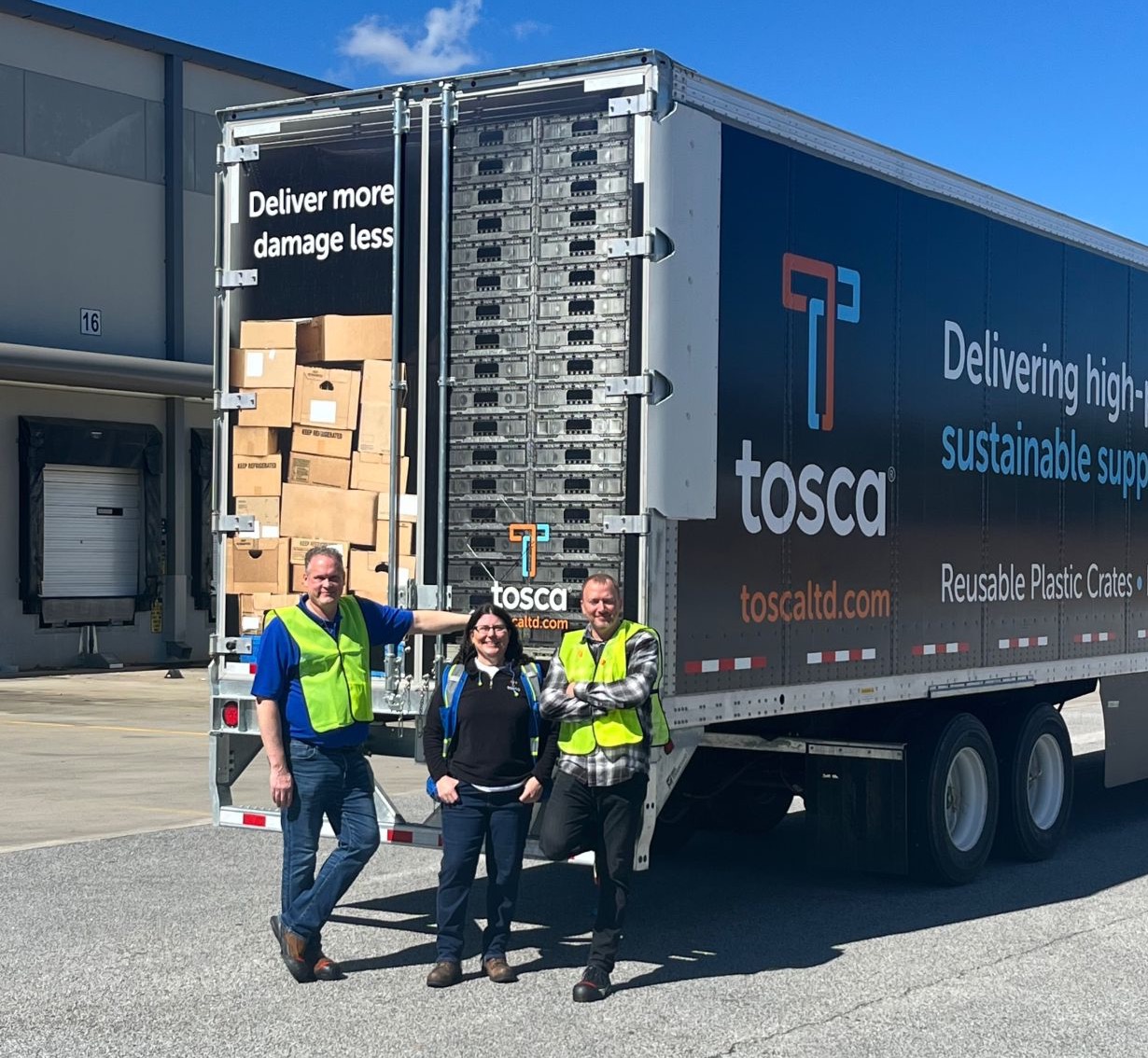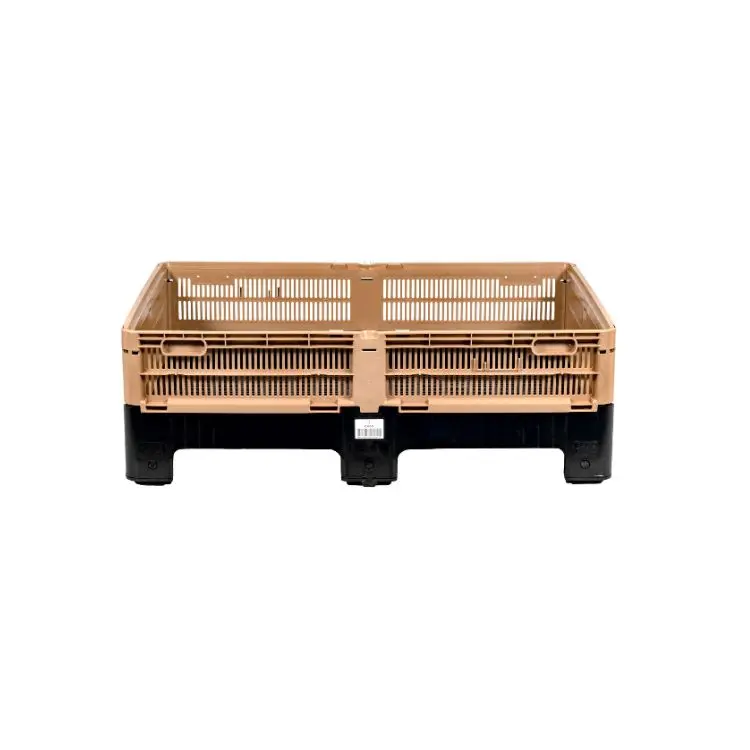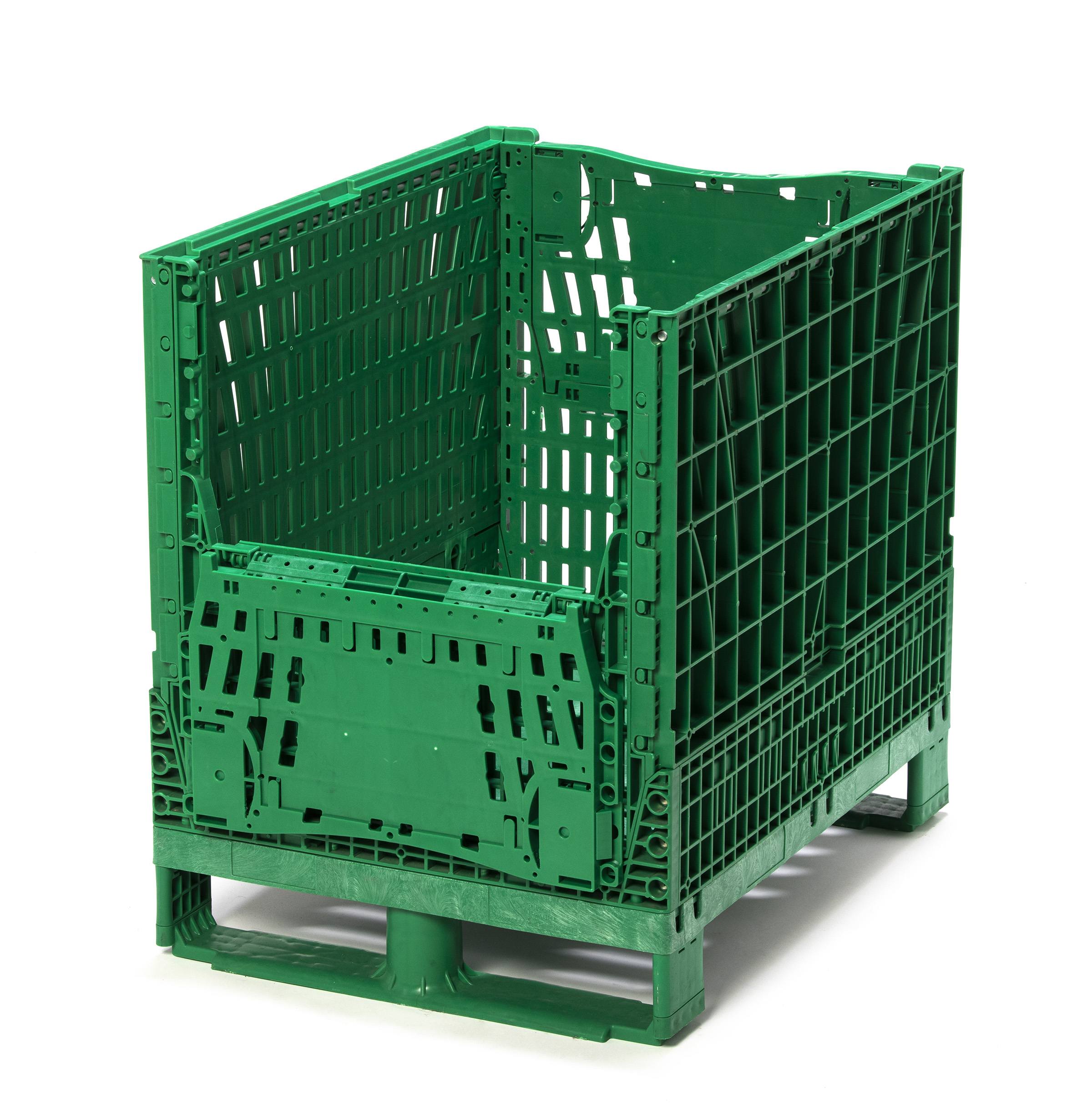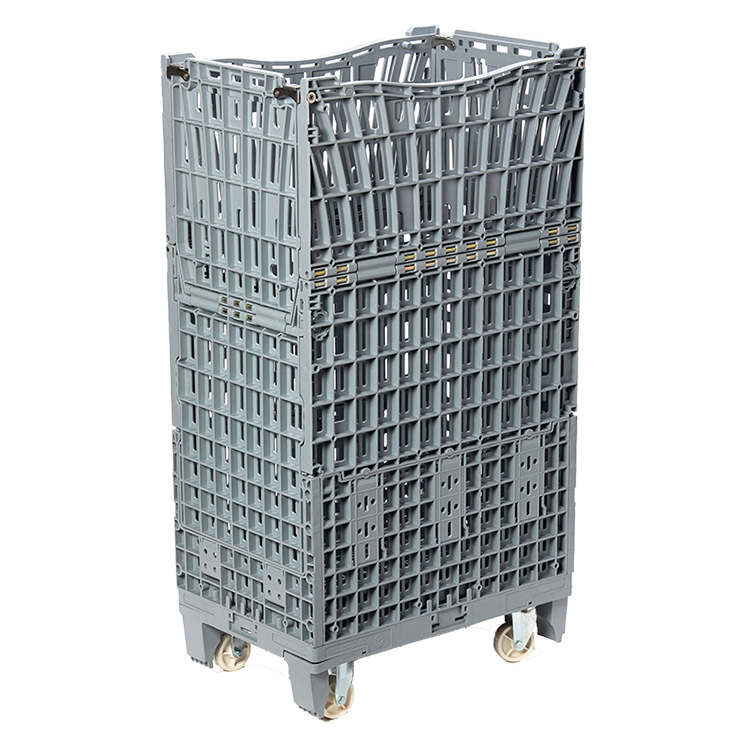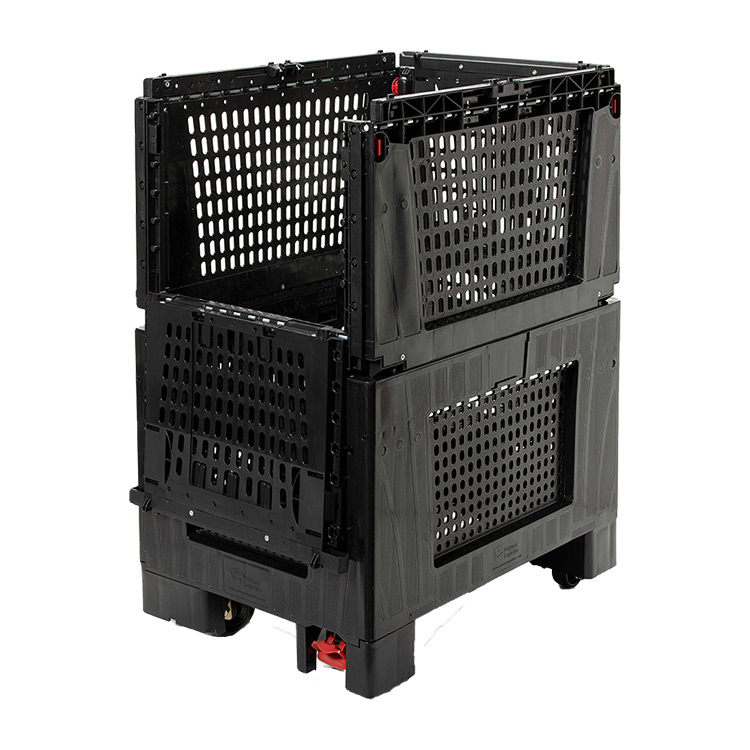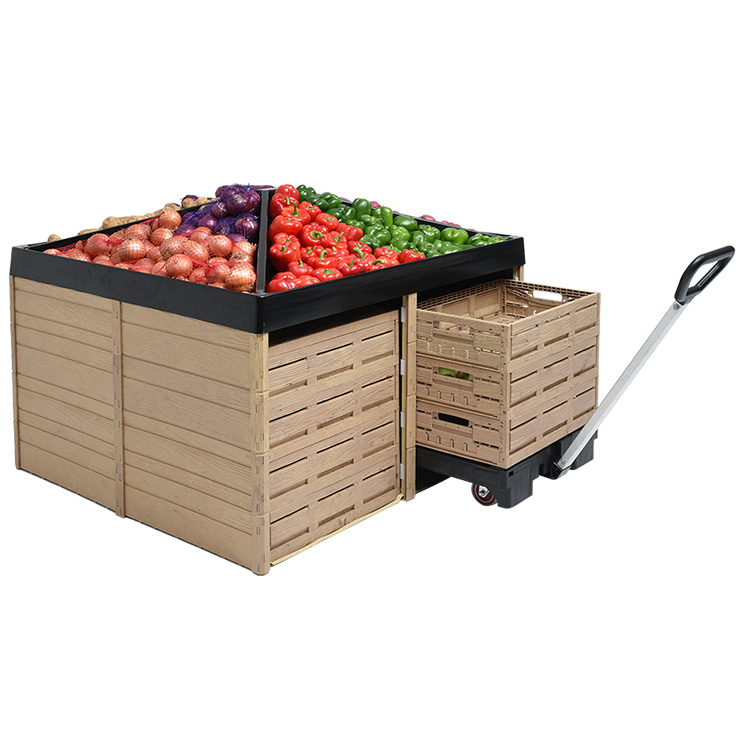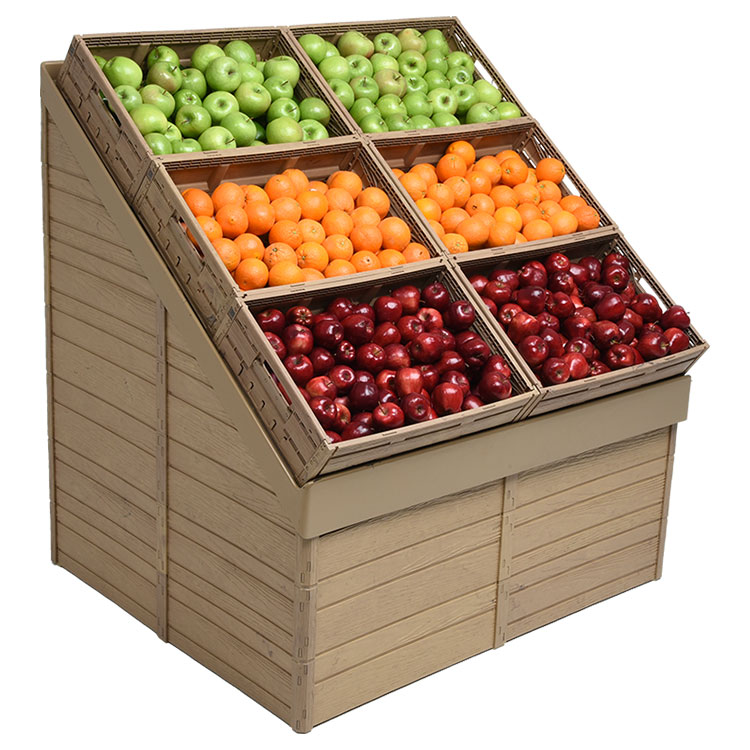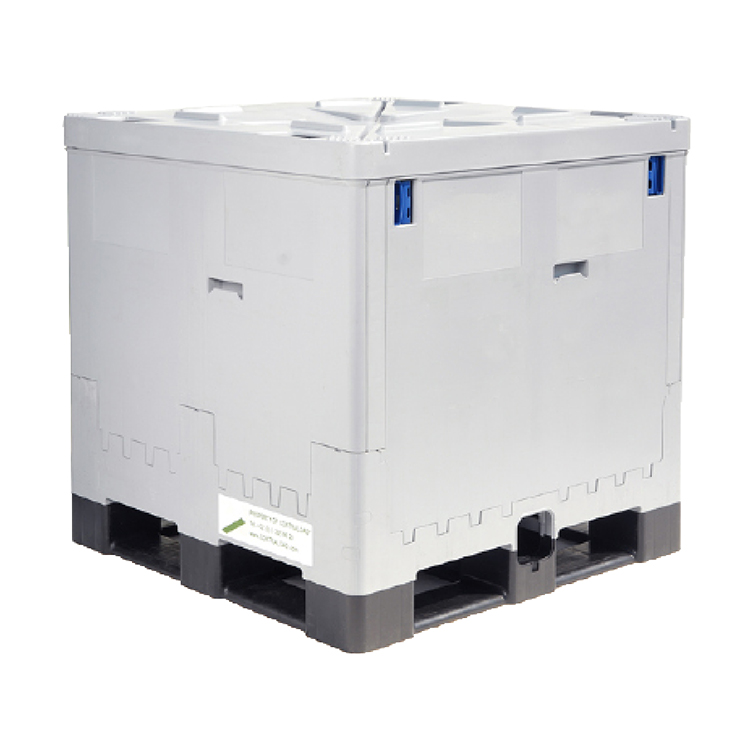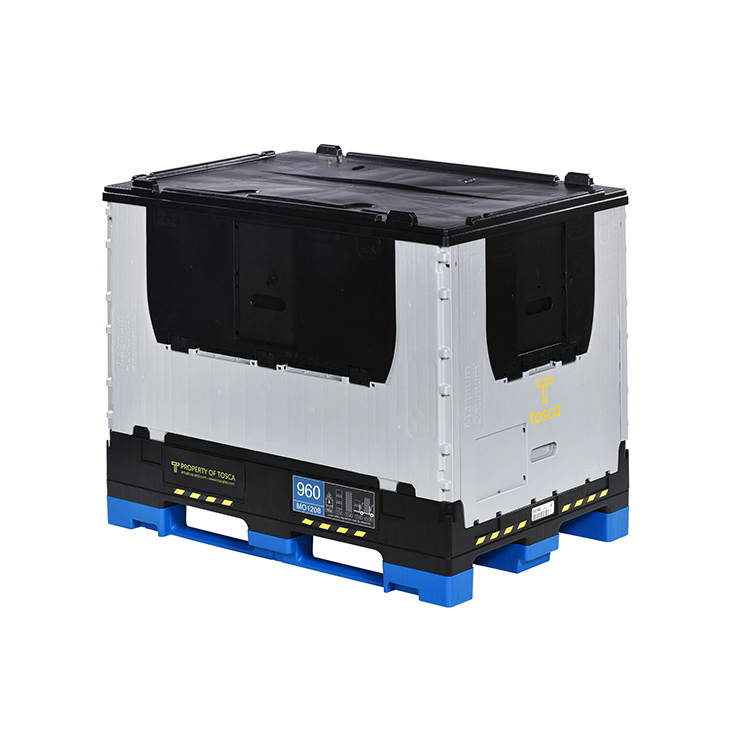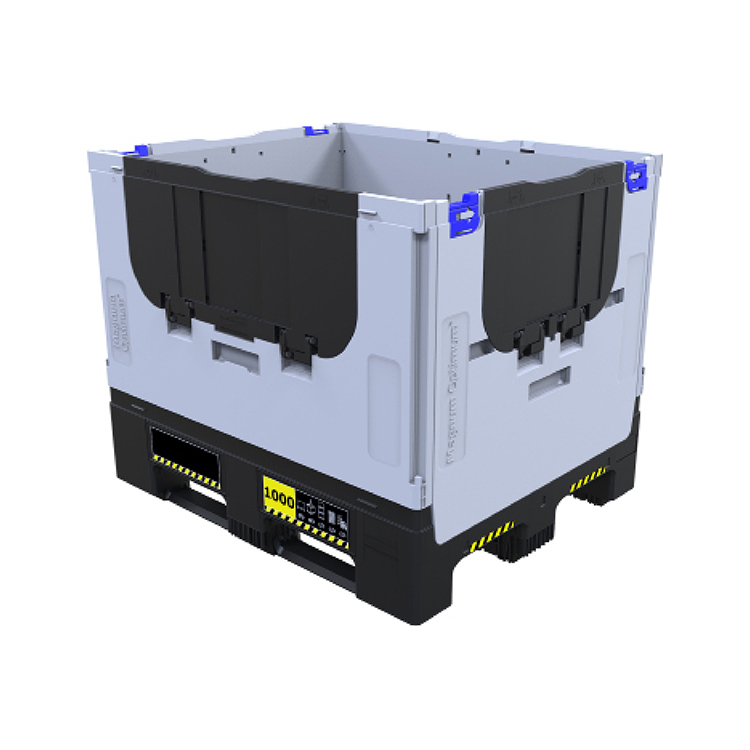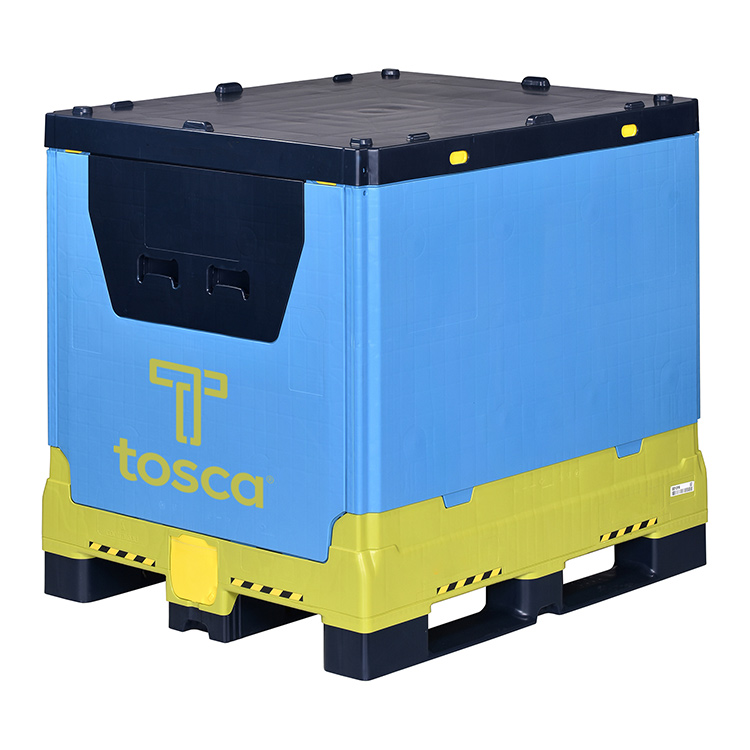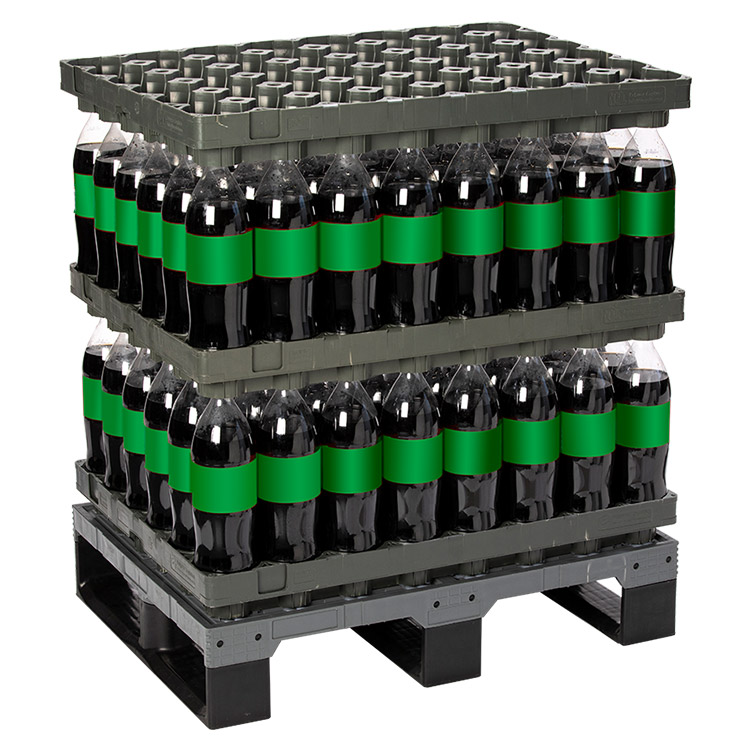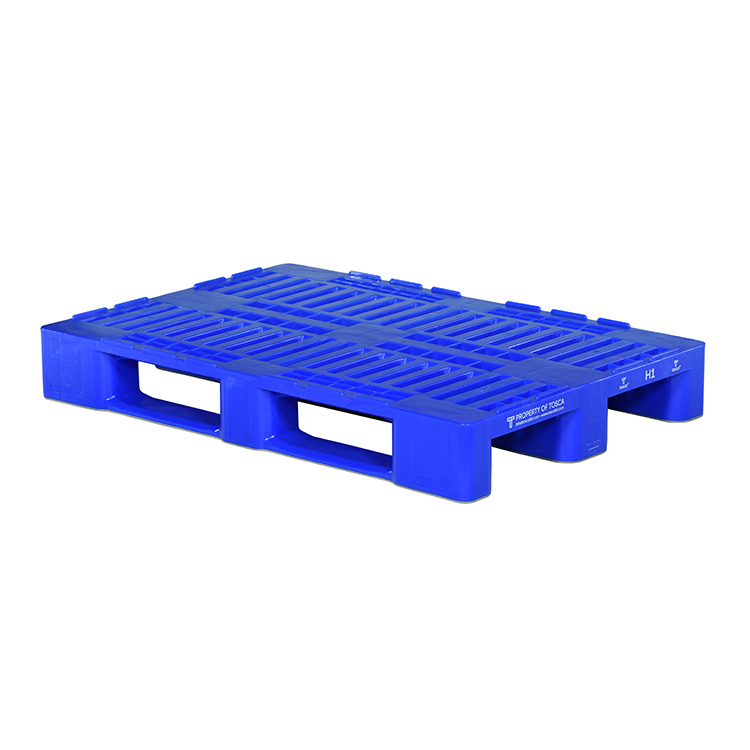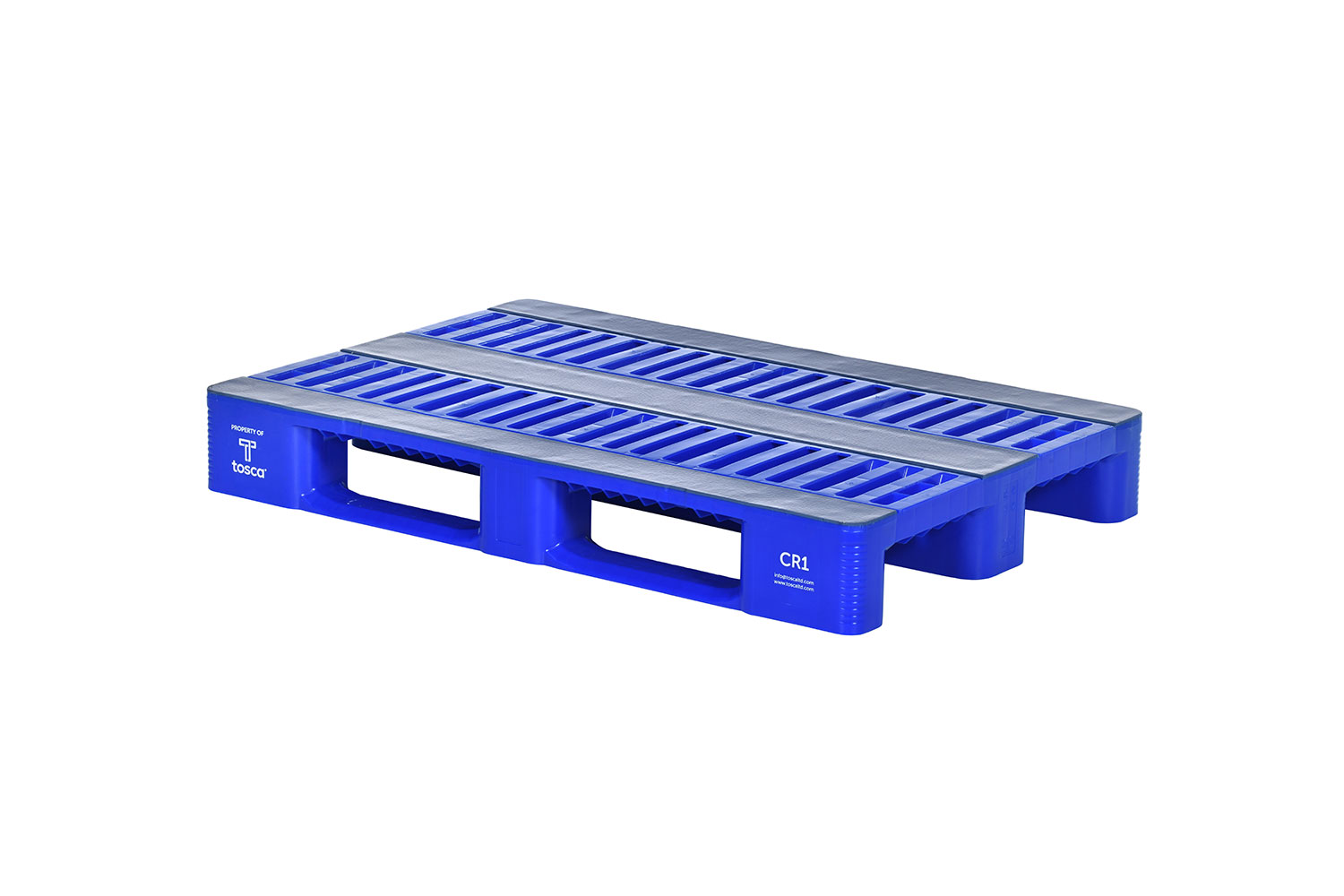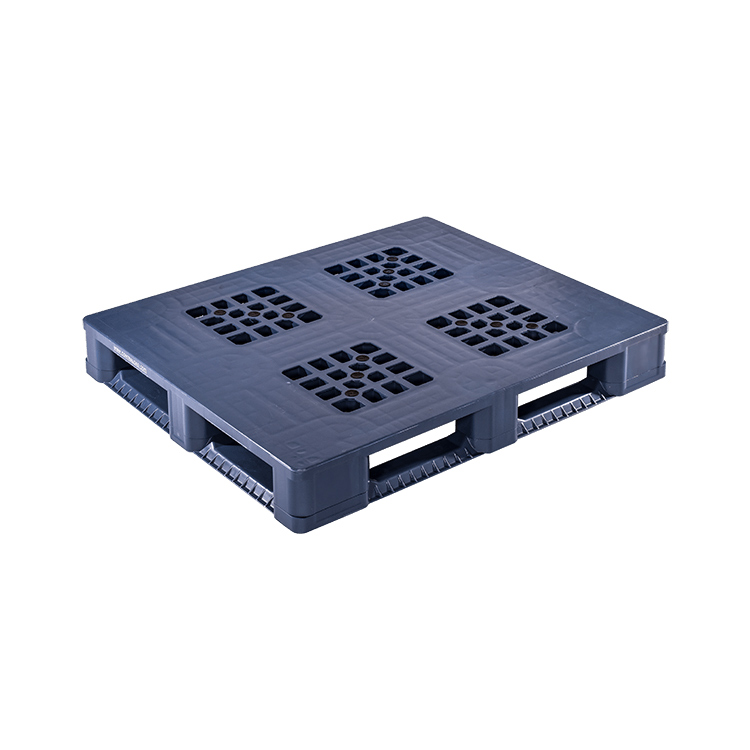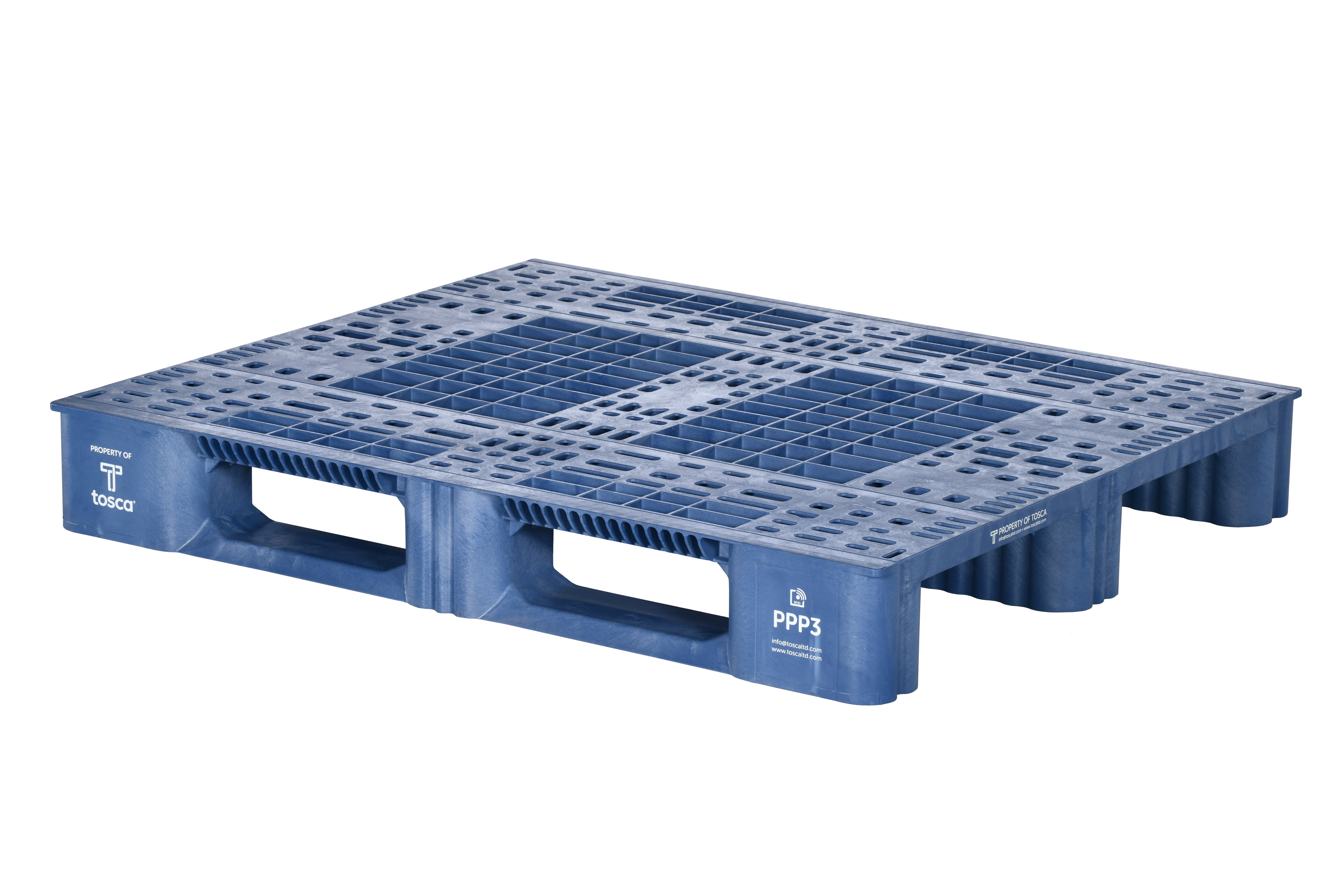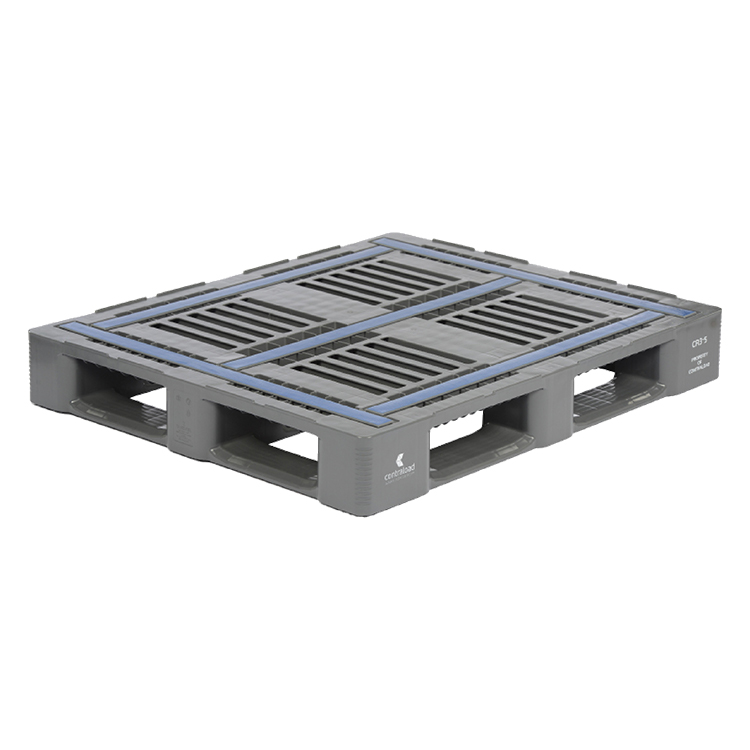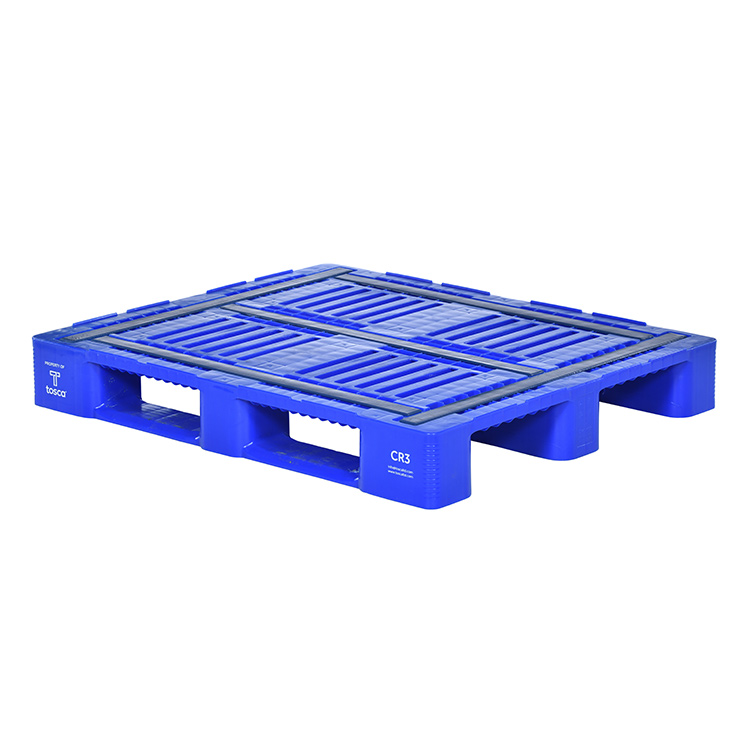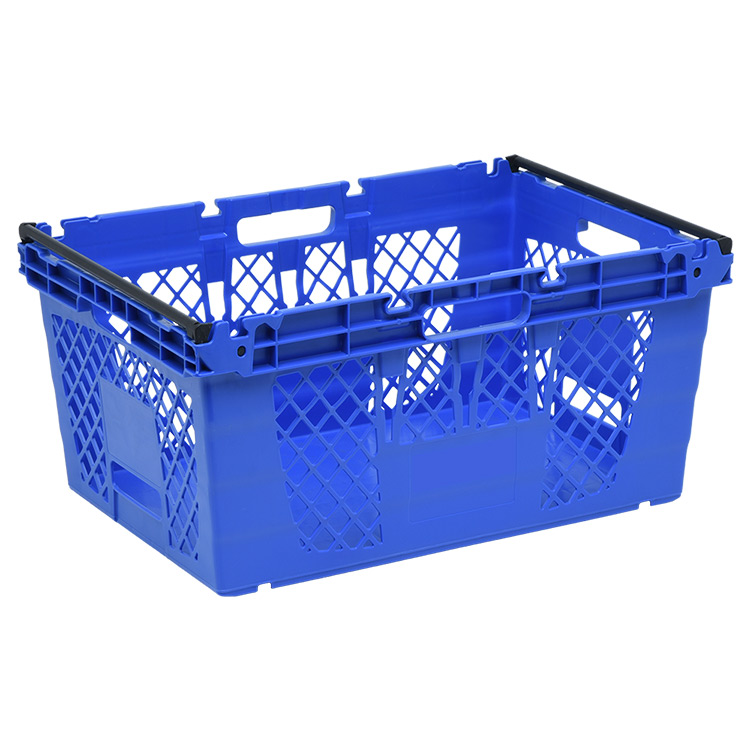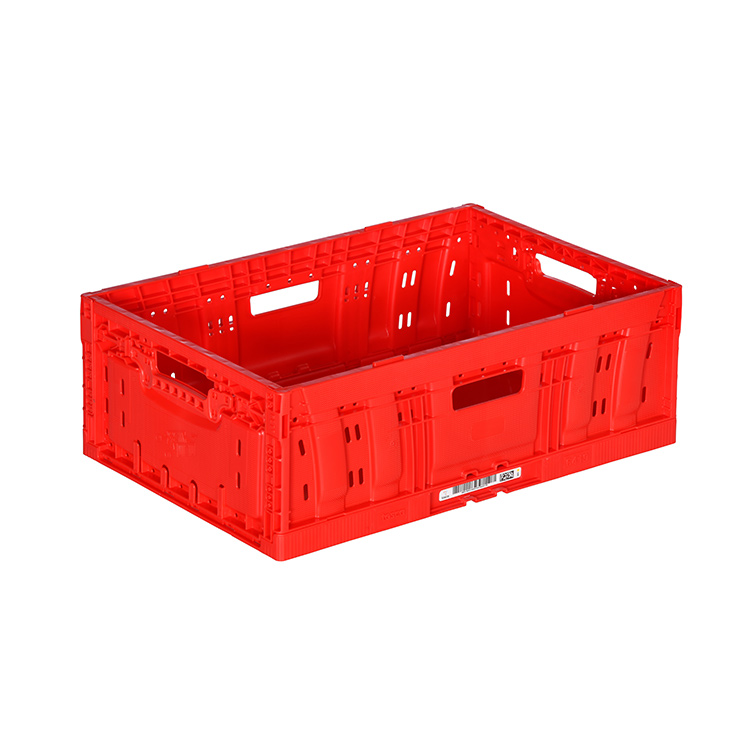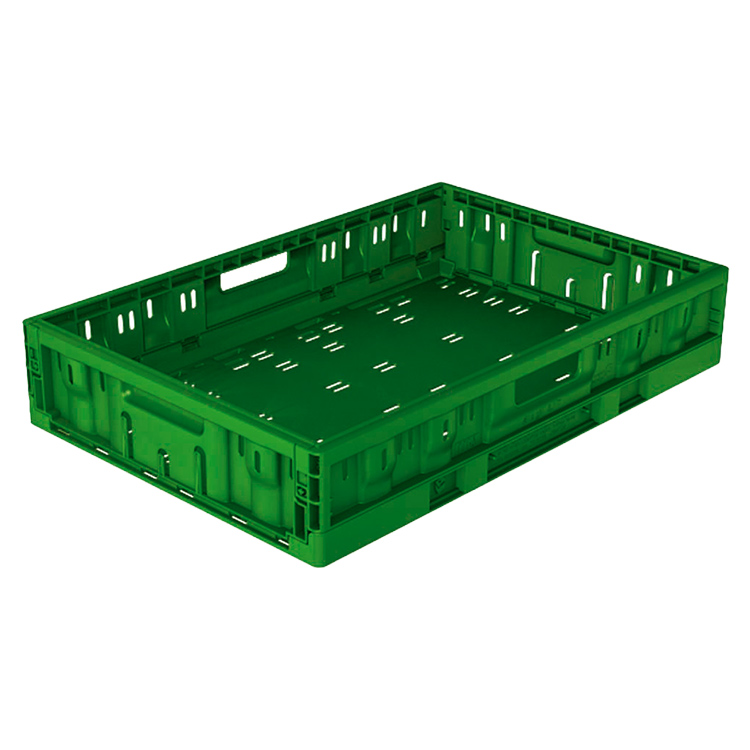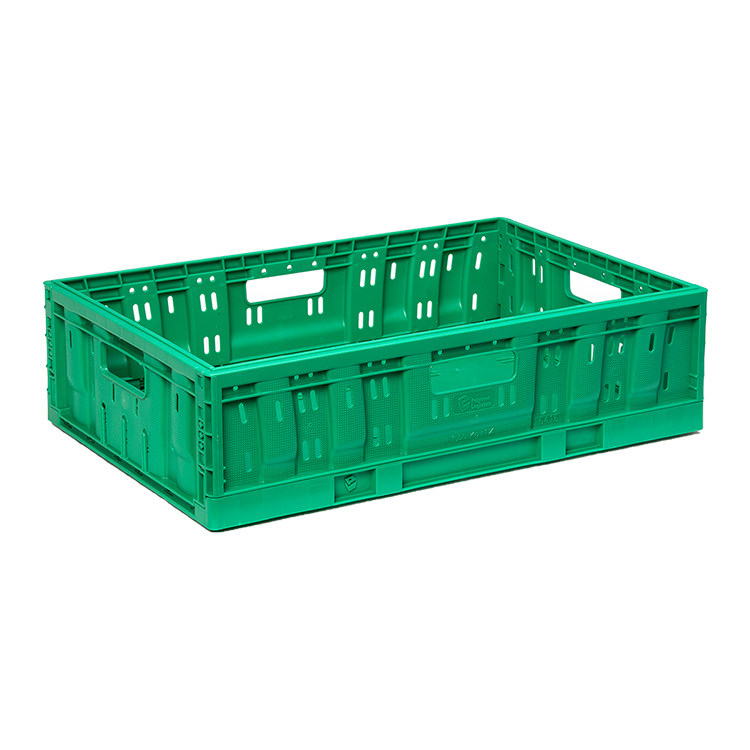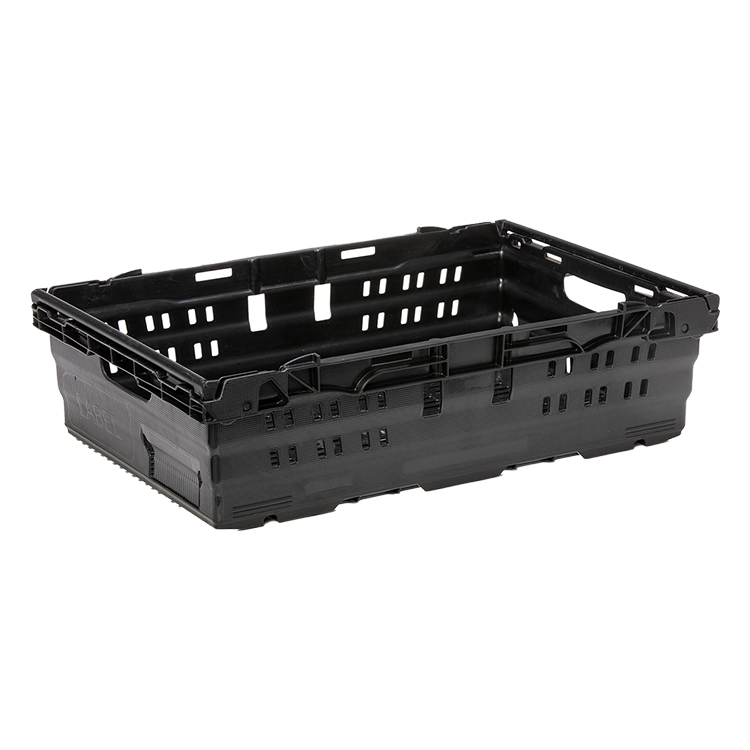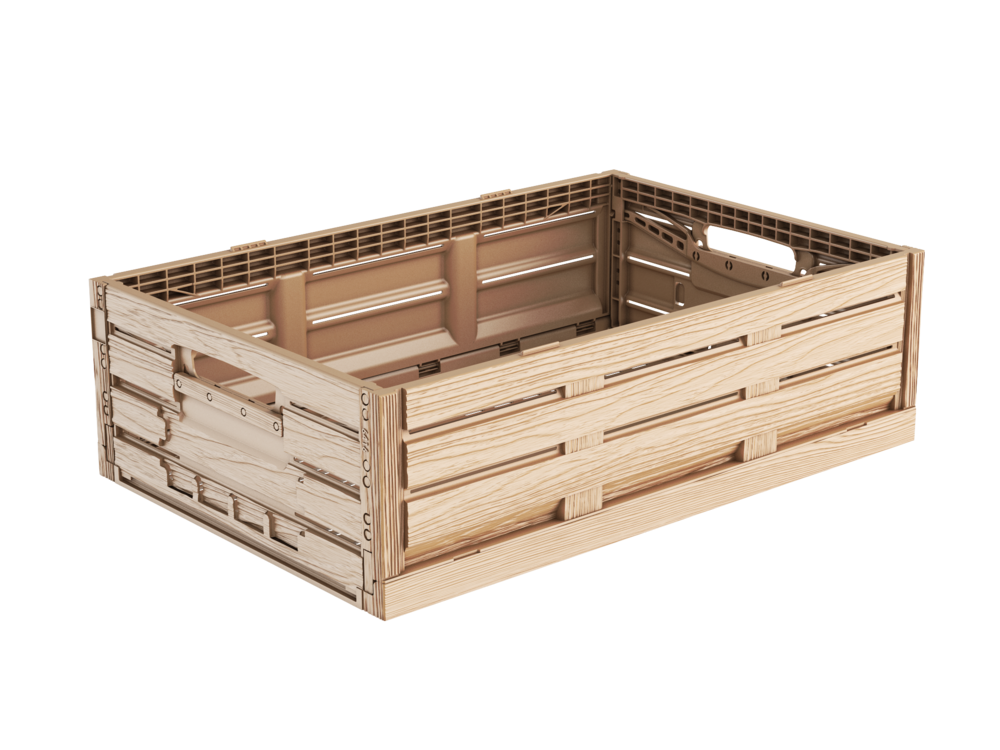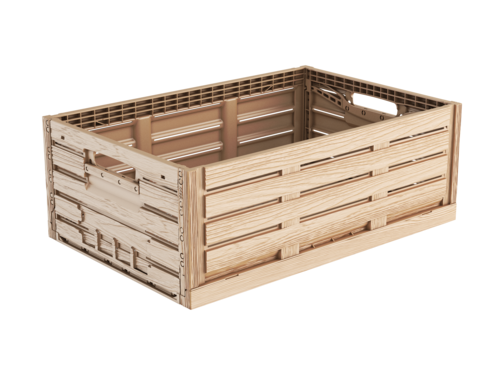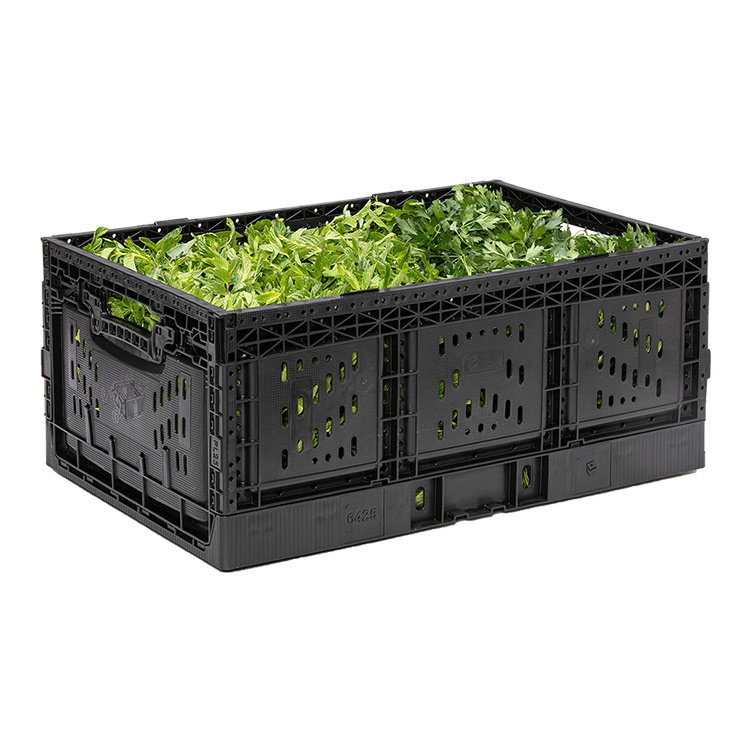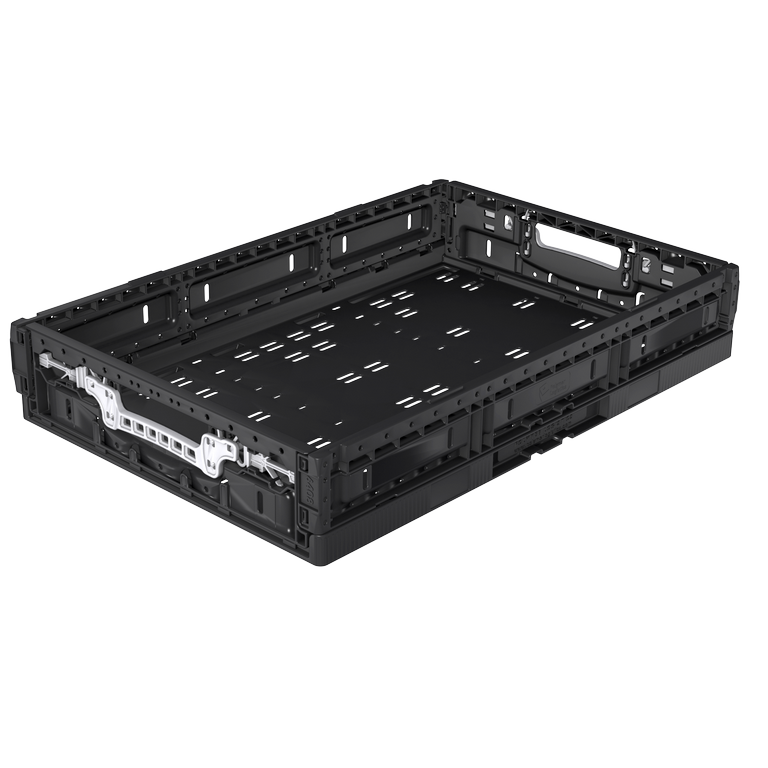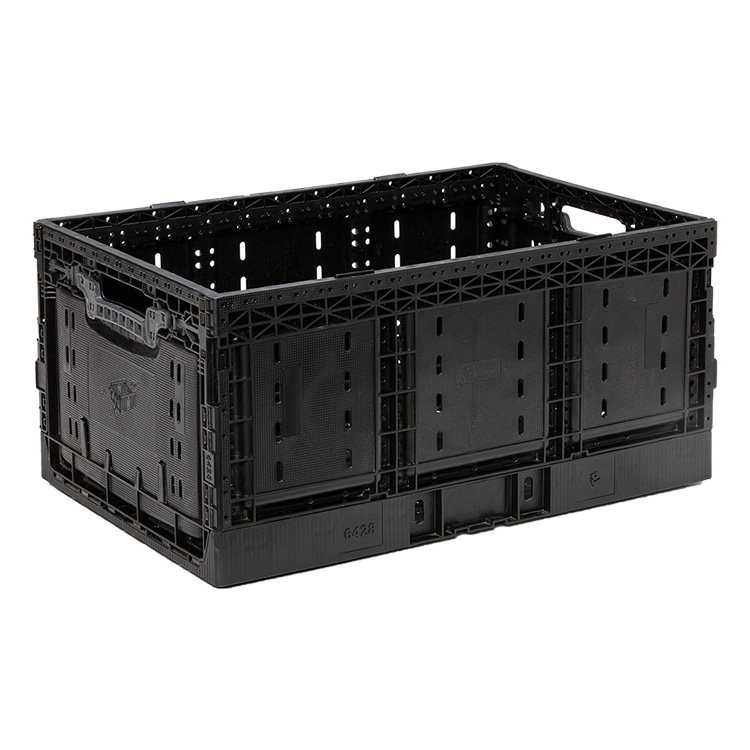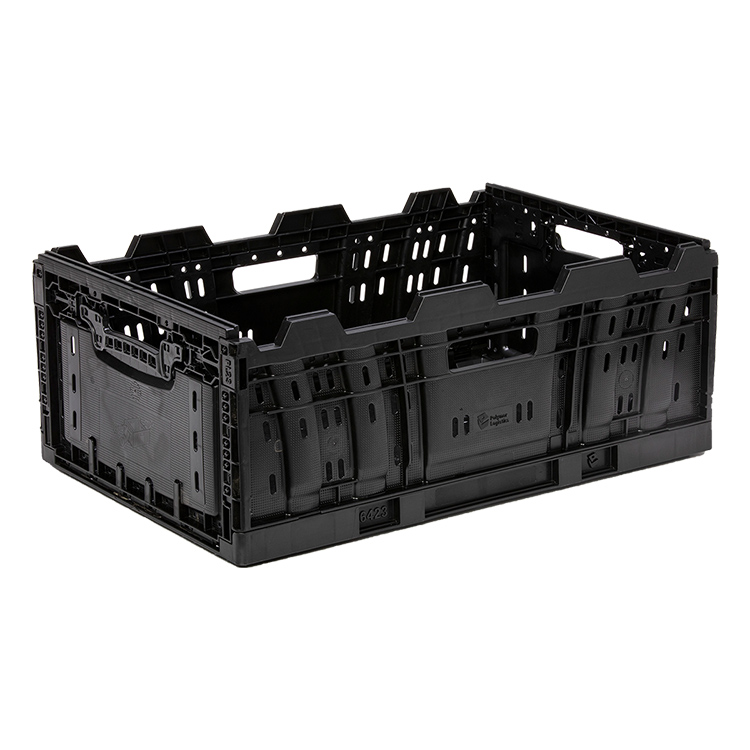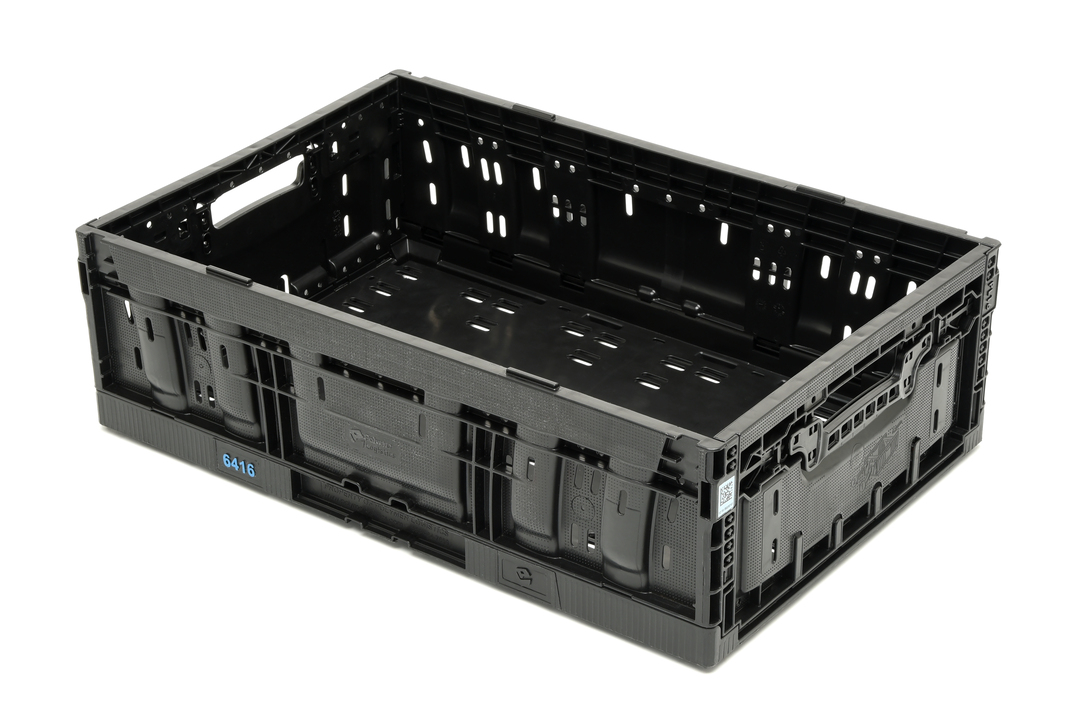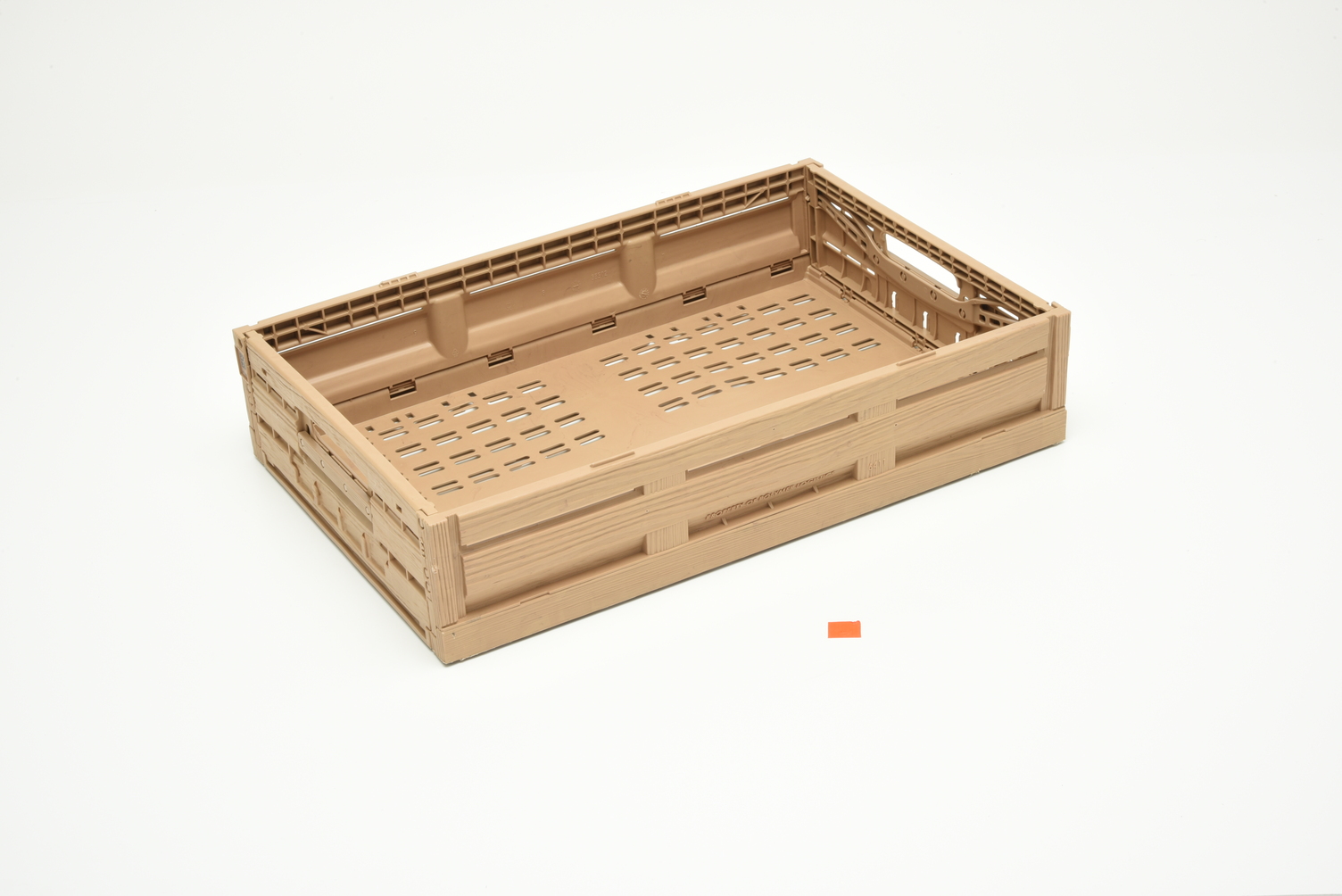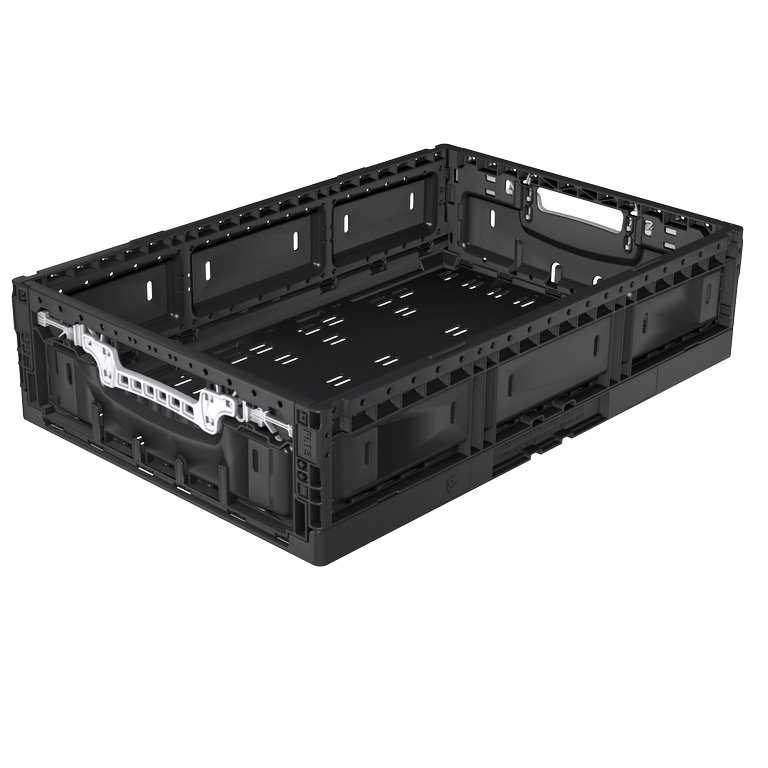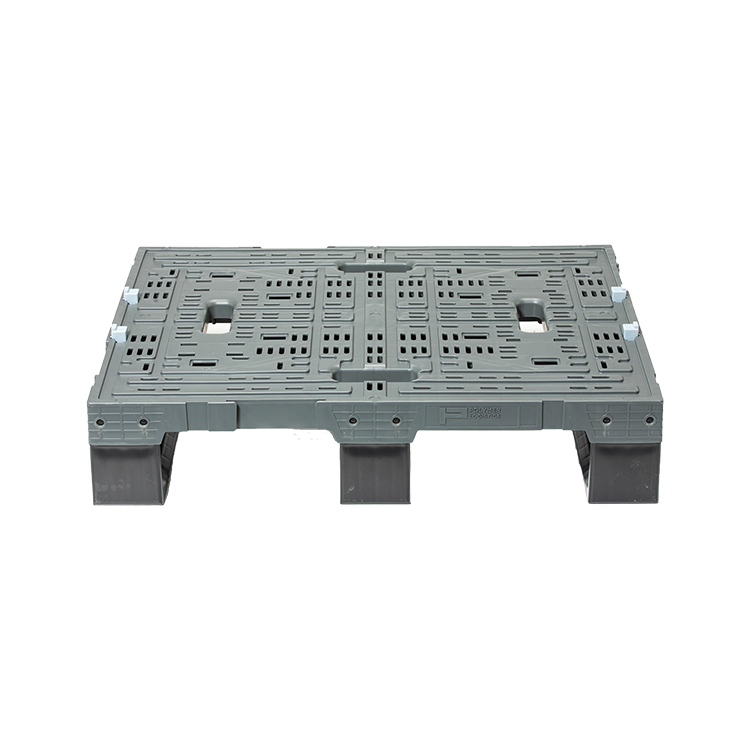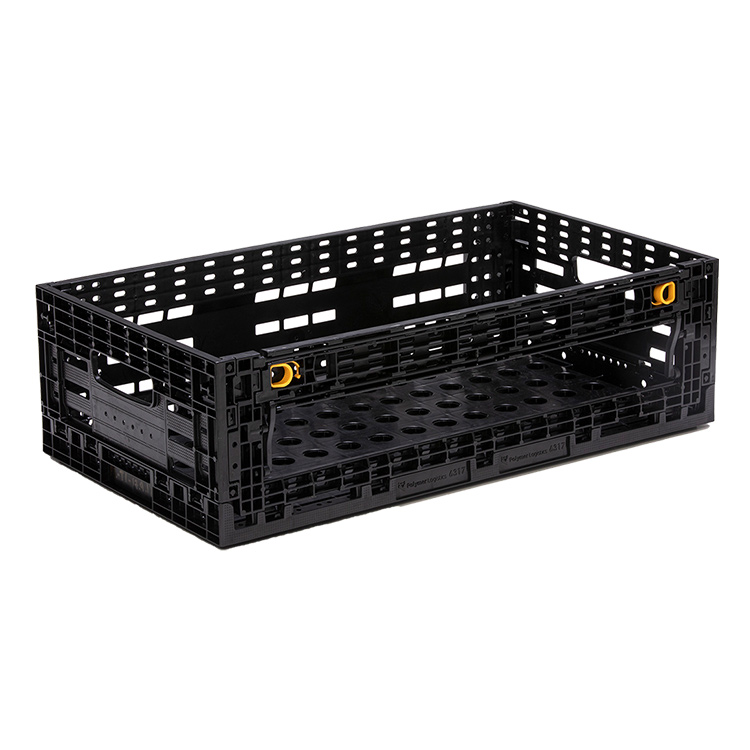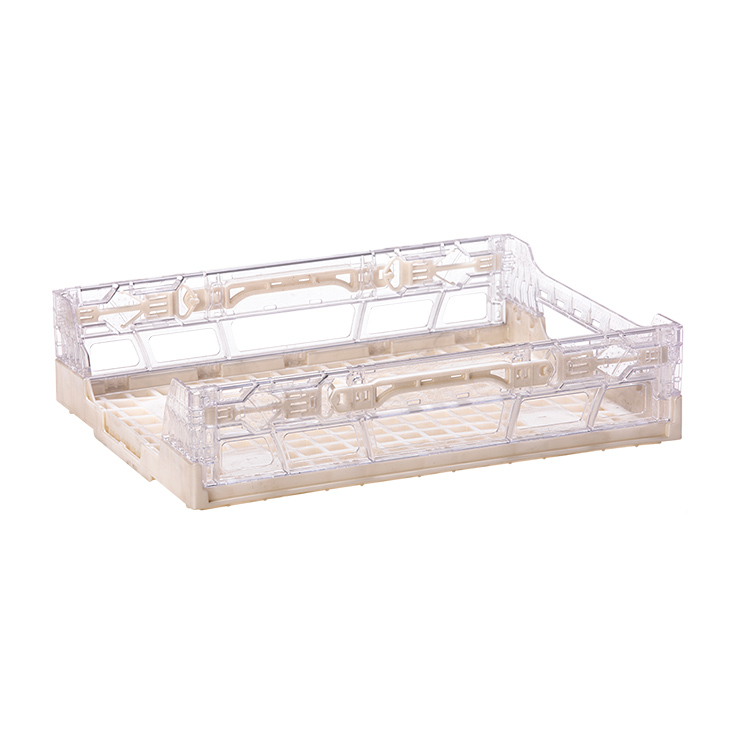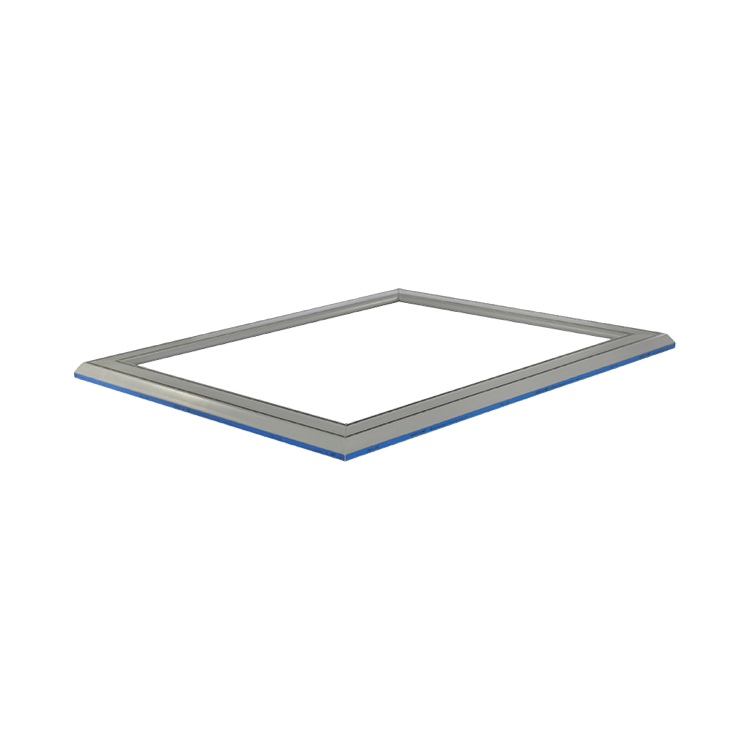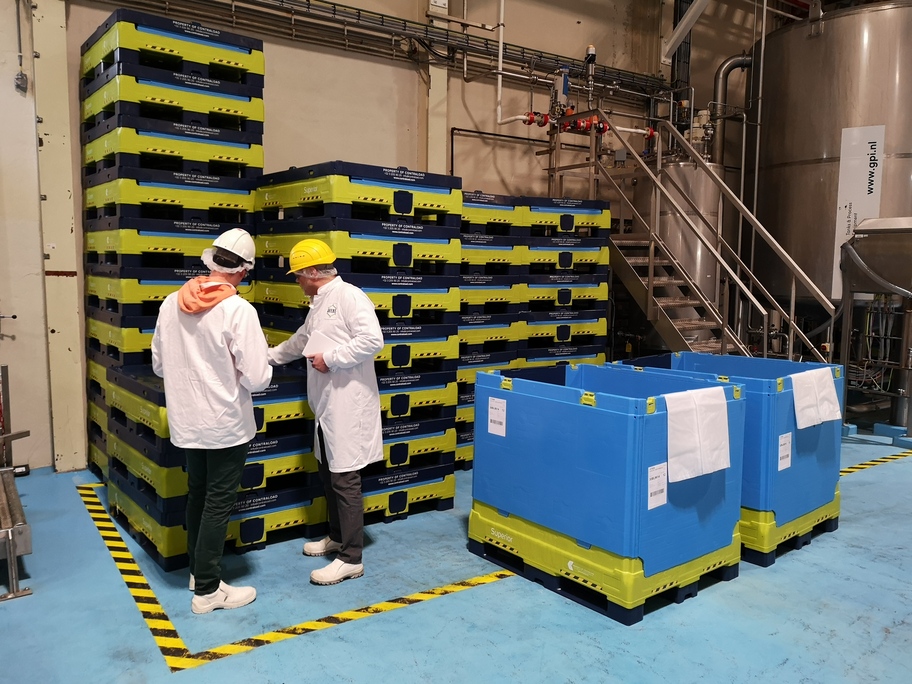The smarter choice for liquid bulk tansport
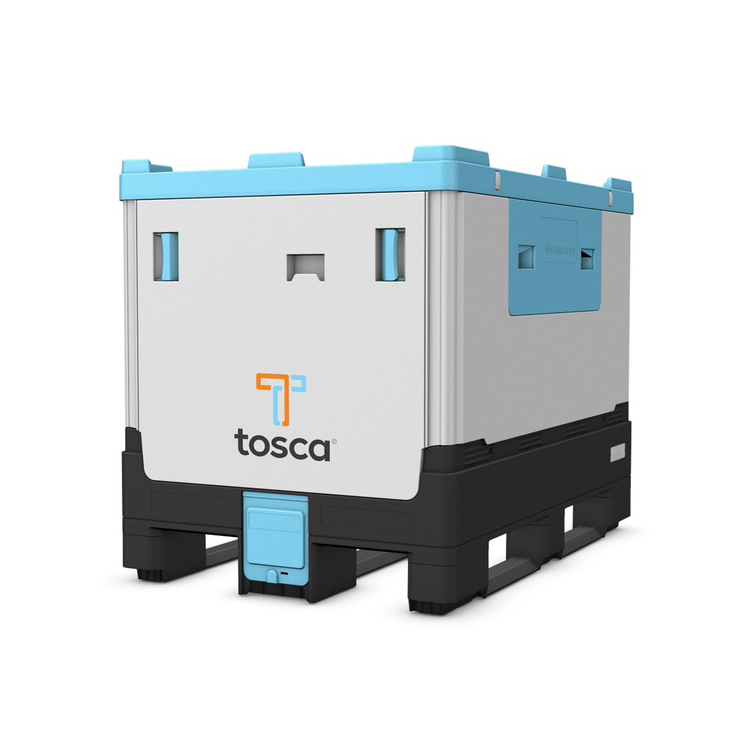

Product Details & Benefits
Description
The Superior 500 is a food grade virgin PP rectangular-shaped foldable 500-liter container. This is the ideal container for all your low and high viscosity liquid products in industries such as the food industry, cosmetics, pharmaceuticals, and all other non-hazardous applications. The steel-reinforced side panels hold liquid and keep your product safe. Designed for versatility and lower volumes, the container features five different sealable exit and entry points including one on each corner of the lid and on the bottom discharge dust cover. The container features a drop door for easy access into the container and three runners for easy handling. The shape of the bottom discharge is designed to minimize residual product.
Product specs
Dimensions
Loading & stacking
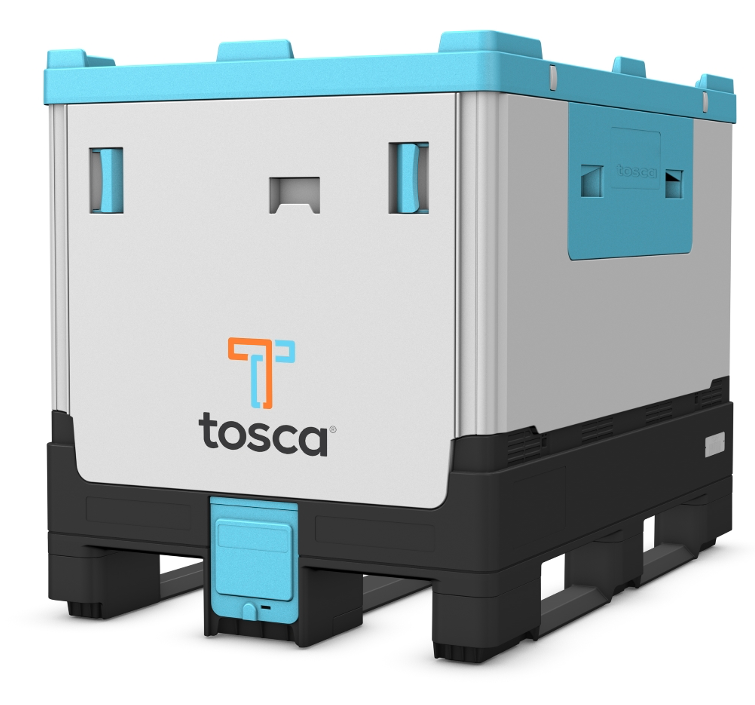
Other products in this line
Product features headline here
Save transportation costs
Reduce waste
Ensure cleanliness and hygiene
Save labour costs with reduced handling time
Simplify Sustainability
Comparisons - Superior Hybrid 500 vs Stainless Steel Container

Low transport cost of empty units: 182 empty containers per truck, 26 full containers per truck. Enables 14 empty units per stack.
Low residue in liner with advanced technology for use with viscous liquids.
Easy to clean and can be collected and washed across the continent for reuse.
Reduced CO₂ footprint with a foldable design that improves transportation efficiency.
Easier to handle. Easy handling with pallet jack or FLT. Lighter to manoeuvre- 105kg.
Easy to fill aseptically from top or bottom.
Made of food-grade Virgin PP material and 100% recyclable.
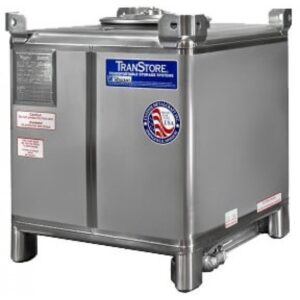
Non foldable, high transport cost of empty units: 24 containers per truck. Not stackable.
Residual viscous product can become attached to the interior.
Higher co2 emissions per unit due to the fact that these containers are non-foldable.
Difficult to handle, needs high care handling throughout. Heavy to move 250kg.
Can only be filled aseptically from bottom.

Takes up a lot of storage space.
Cannot be cleaned.
Higher co2 emissions per unit due to the fact that these cardboard required constant strapping for transport.
Difficult to assemble / many separate parts need to be assembled. Difficult to fill.
Not always accepted in food environments.























